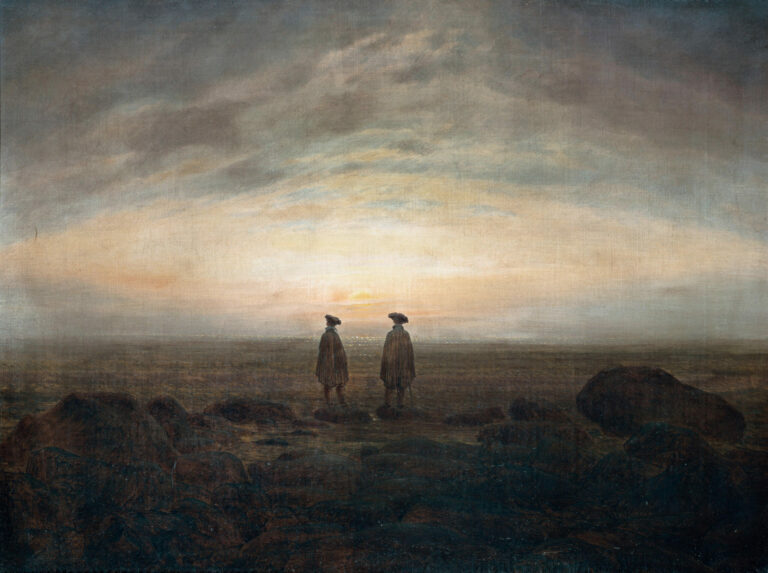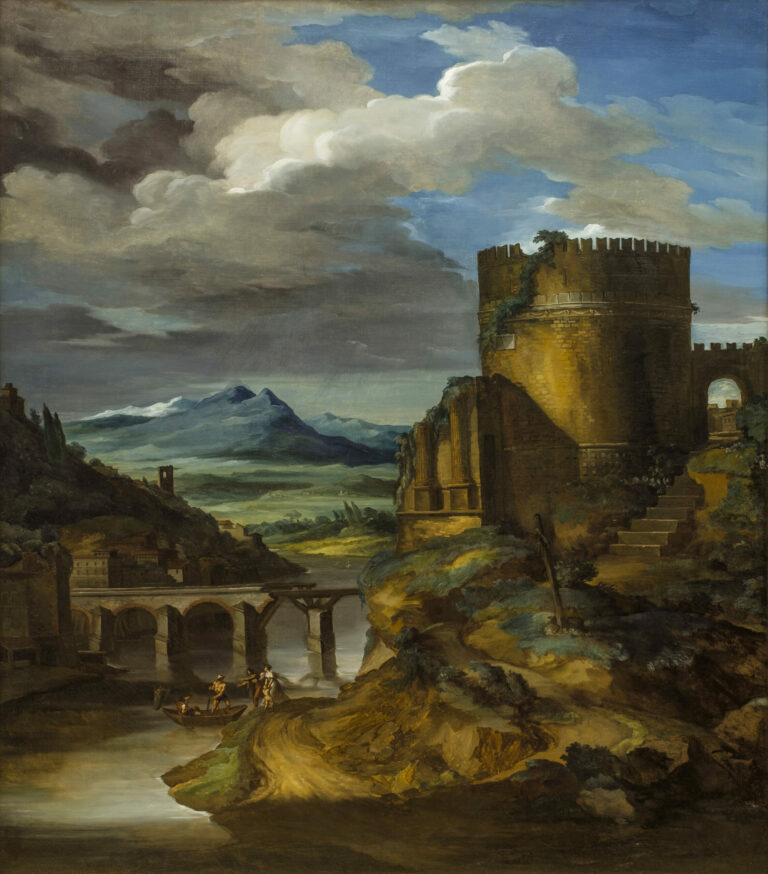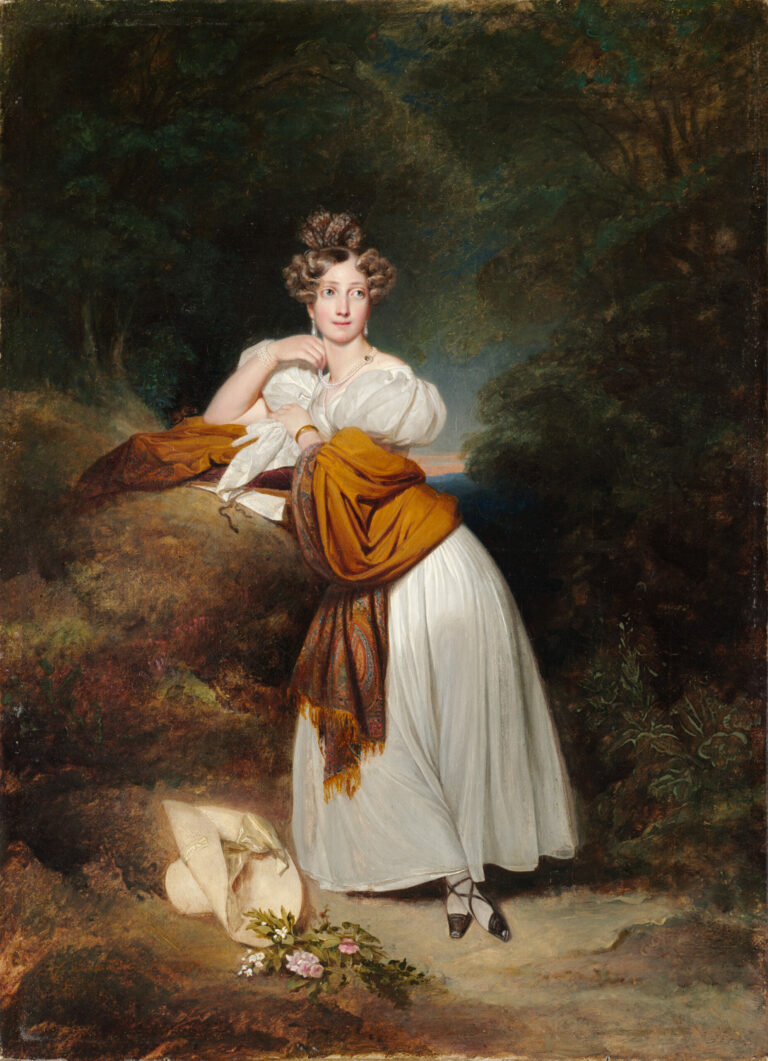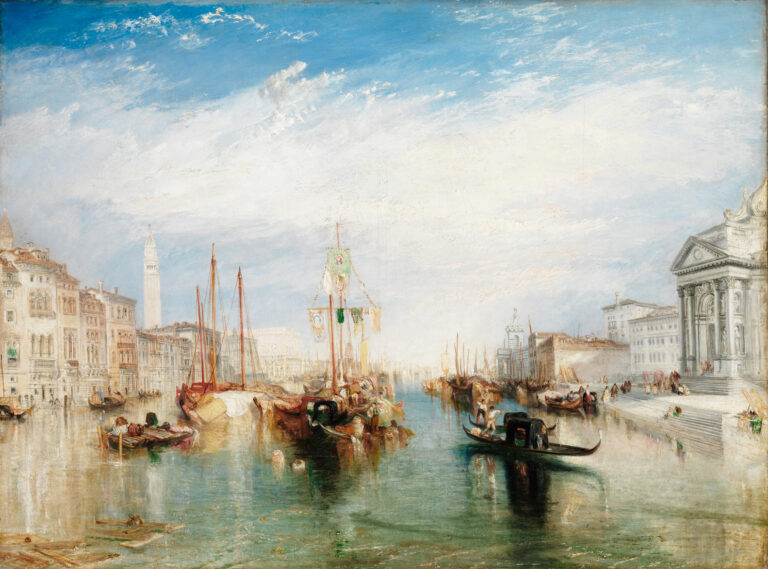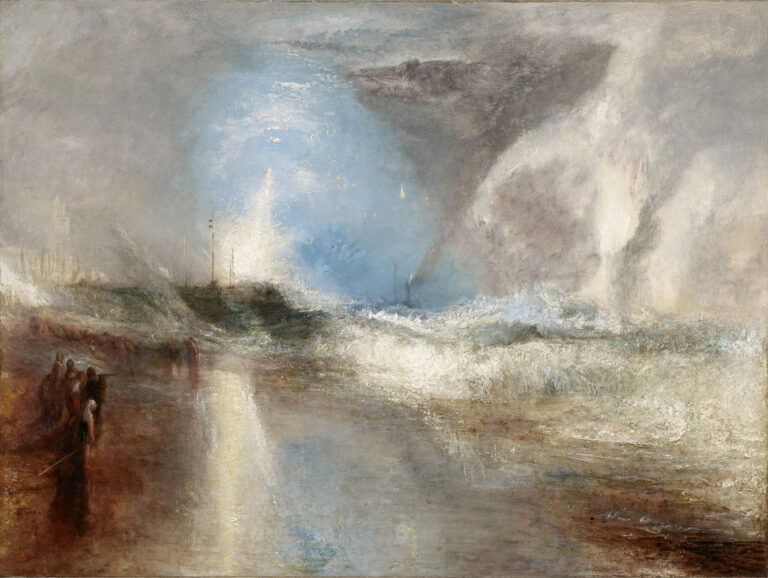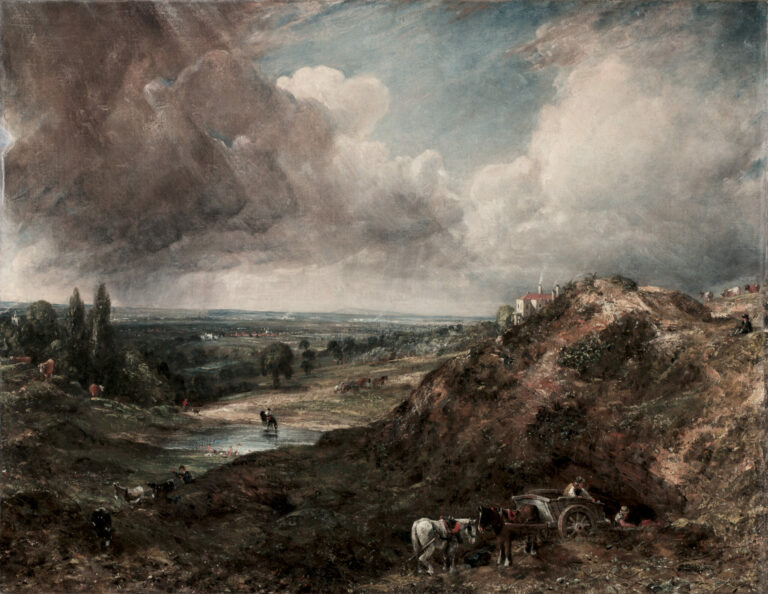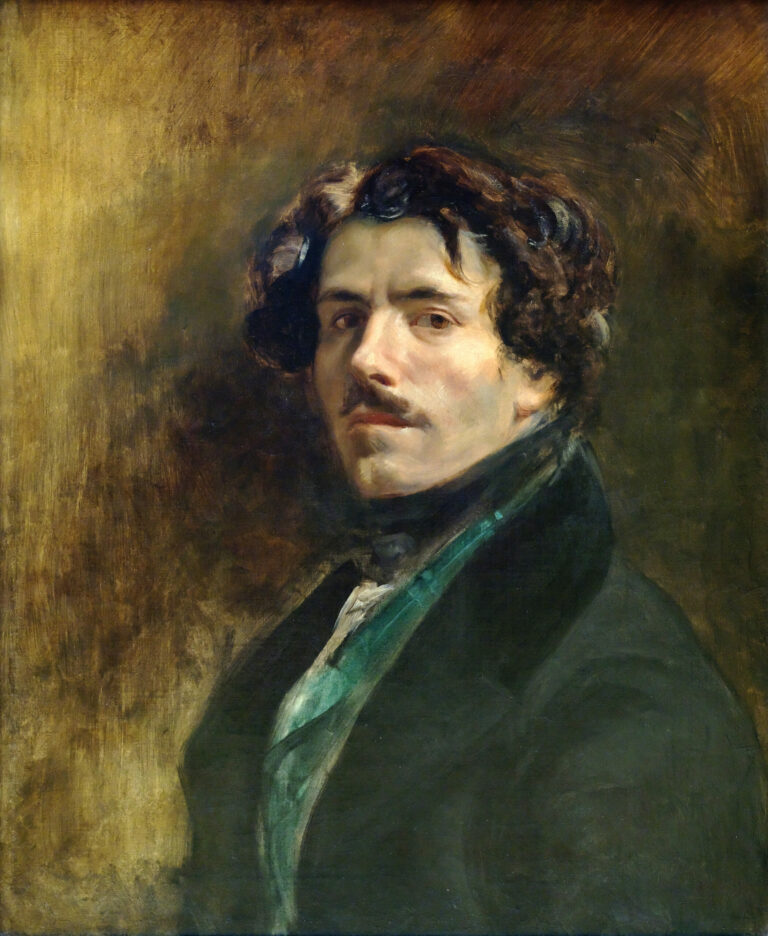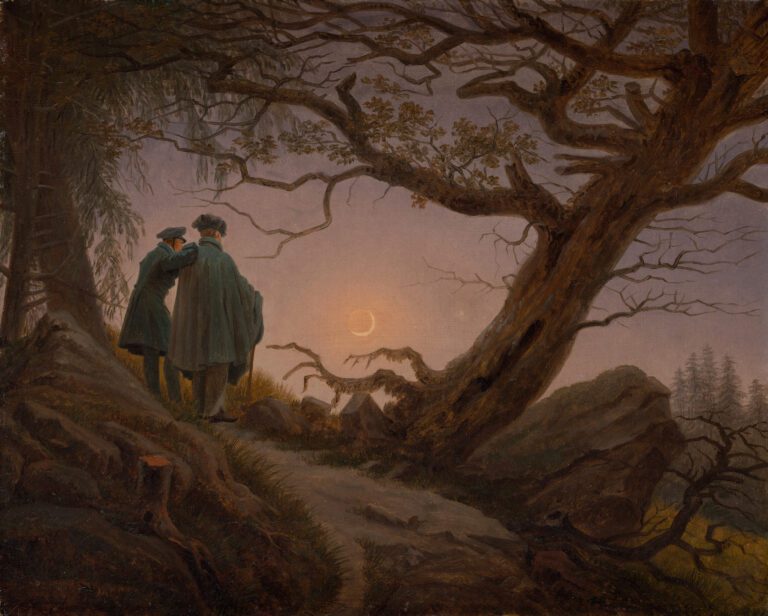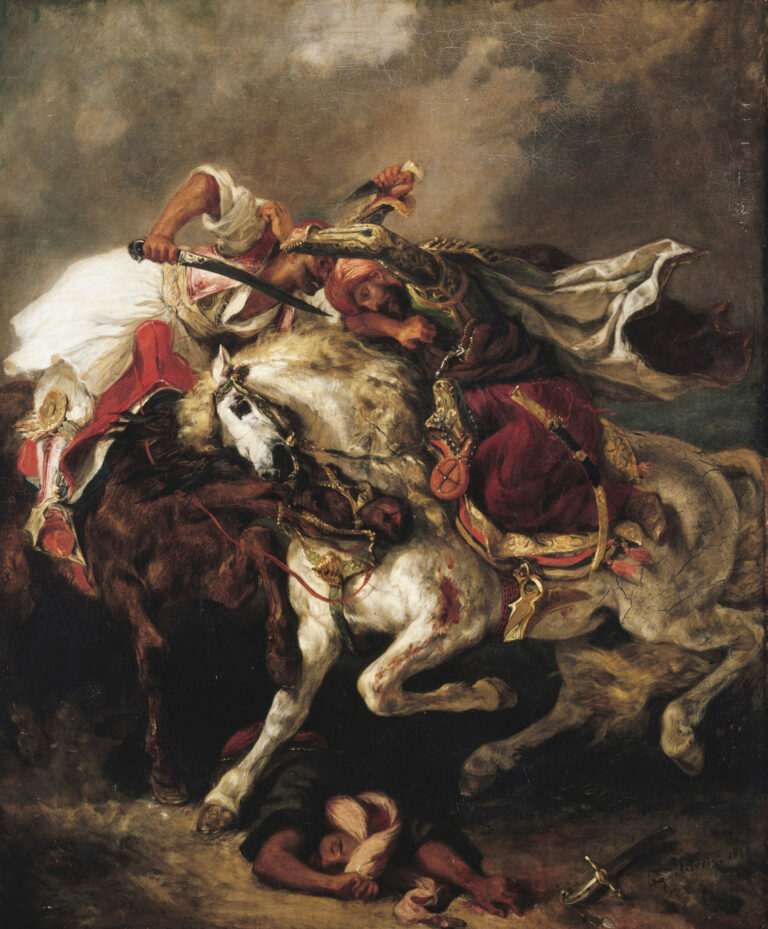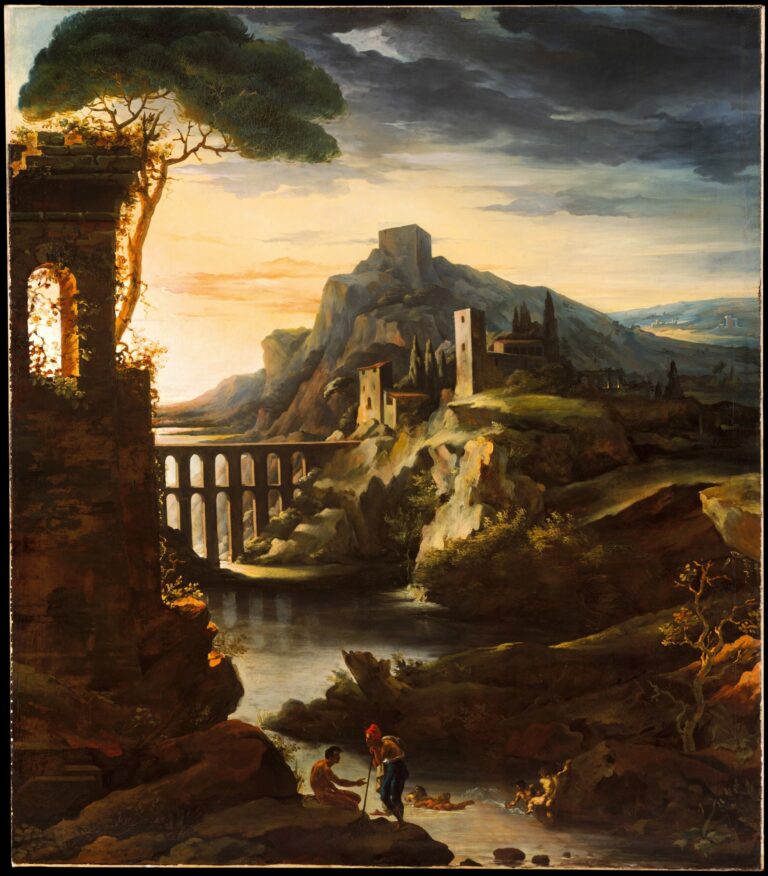Romanticism
Romanticism emerged in the late 18th century as a reaction against Enlightenment rationalism and Neoclassicism, flourishing throughout Europe during the first half of the 19th century. This profound artistic and cultural movement privileged emotional expression, imagination, and subjectivity, transforming Nature from mere backdrop into a mirror of the human soul. Romantic artists explored themes of the sublime, melancholy, and the irrational, drawing inspiration from Medieval history, folk legends, and exotic cultures. They championed individual genius and creative freedom, boldly challenging academic conventions that had dominated Western art.
In visual arts, masters like Delacroix, Turner, and Friedrich revolutionized painting through dramatic compositions, expressive color palettes, and passionate subjects that captured the tumultuous spirit of their age. Literary giants including Hugo, Goethe, and Byron created works featuring tormented individuals confronting destiny against grandiose or mysterious settings. Music was transformed by Beethoven, Chopin, and Berlioz, whose compositions achieved unprecedented emotional intensity and expressive range. Far more than a mere artistic style, Romanticism represented a profound sensory revolution whose legacy continues to shape our understanding of art as an authentic expression of human passion and the depths of individual experience—inviting museum visitors to reconnect with these timeless expressions of emotional truth that still resonate powerfully today.


